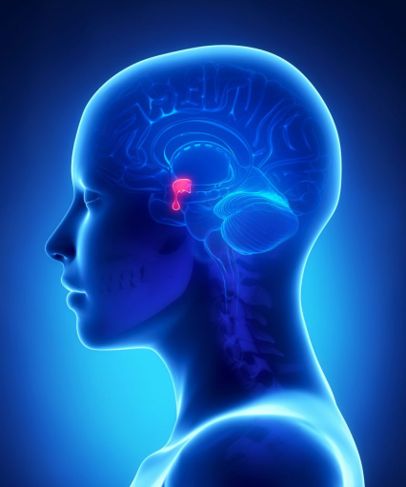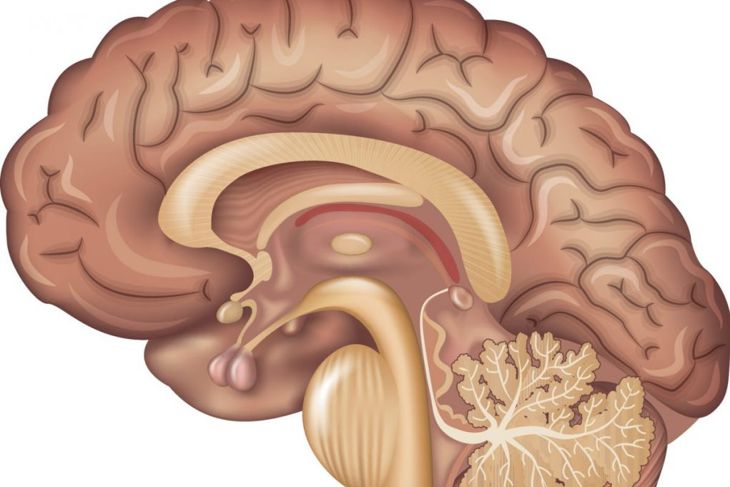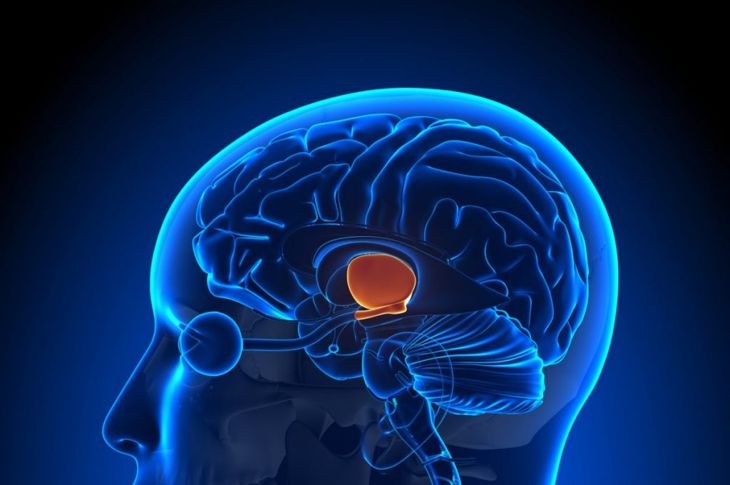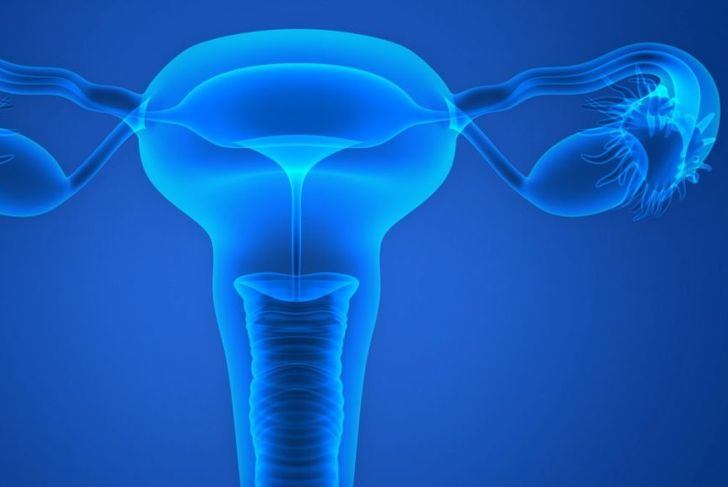Sheehan’s syndrome occurs during and after childbirth and is classified as a hypopituitarism condition. It occurs when a woman loses a significant amount of blood during birth or experiences dangerously low blood pressure during and after delivery. The excessive blood loss during delivery or very low blood pressure reduces the amount of oxygen delivered through the bloodstream, affecting the pituitary gland. Cells within the gland can die, impacting its function. Reduced function results in a reduction of hormones produced by the gland, which can severely affect the condition of the new mother.
What is Hypopituitarism?
Hypopituitarism describes an under-functioning of the pituitary gland in the brain. The gland produces many hormones necessary for the body to function, and directs other glands to produce their respective hormones. In turn, these hormones tell different body systems to operate, prompting hunger cues, instructing energy and motivation, and producing milk for a new baby.
Causes of Sheehan’s Syndrome During Childbirth
Excessive blood loss and resulting Sheehan’s syndrome is rare in nations with quality prenatal and delivery facilities. It is much more common in developing nations and can occur if a mother loses a lot of blood during delivery and is not near a hospital for immediate treatment. While some signs and symptoms of Sheehan’s syndrome take months or even years to appear, others, such as the inability to breastfeed, show up right away. In fact, this is one of the main indications of Sheehan’s syndrome.
Symptoms Affecting Lactation
The pituitary gland controls the hormones that direct lactation, including the initial production of breastmilk after the baby is born and the nutritional composition of the milk. Breast shrinkage, especially when the breasts should become engorged with new milk, is an early indicator of Sheehan’s syndrome, as is the inability to breastfeed. Doctors diagnose acute Sheehan’s syndrome from a mother’s inability to lactate. This generally indicates that only about ten percent of the pituitary gland’s tissue is undamaged.
Thyroid or Adrenal Insufficiency
Sheehan’s syndrome also results in hypothyroidism or a low-functioning thyroid gland. The pituitary gland sends hormones to regulate the function of the thyroid gland. A low-functioning thyroid can cause slowed mental function, such as cloudy thoughts or an inability to concentrate. The metabolism slows down, resulting in slow weight gain and difficulty staying warm. Fatigue is an often-overlooked symptom of an underactive thyroid, as it is very common for new mothers. Sheehan’s syndrome can also result in adrenal insufficiency, which can cause blood pressure to drop dangerously low in stressful situations.
Effects on the Endocrine System
The endocrine system regulates hormones throughout the body, controlling all of its functions. These include metabolism, fertility, blood pressure, and breast milk production, as well as growth hormones and estrogen production. The result is adverse effects on the ovaries, and many women become infertile. Loss of periods may also occur, as can hair loss and extreme fatigue. Women with Sheehan’s syndrome may also find their pubic hair, sometimes shaved for delivery, fails to regrow.
Risk Factors for Sheehan’s Syndrome
Risk factors for Sheehan’s syndrome include blood loss during delivery, especially if the mother is unable to receive a transfusion. Low blood pressure, especially blood pressure that drops and stays low during delivery, is also a major risk factor. Hemmoraging and placental damage can contribute to the risk as well. Women pregnant with multiples may require closer monitoring, as multiple births increase Sheehan’s syndrome risk.
Complications From Sheehan’s Syndrome
The pituitary gland controls much of the metabolism, so the effects of Sheehan’s syndrome can be far-reaching. These include possible adrenal crisis, in which the body is unable to respond to stressors such as illness or surgery due to compromised ability to produce cortisol. Without sufficient amounts of cortisol, a sudden, life-threatening incident can lead to extremely low blood pressure, fainting, coma, or even death. Low blood pressure, even after delivery, irregular periods, and unintended weight loss may also occur.
Diagnosing Sheehan’s Syndrome
Although the inability to produce milk after delivery is the first indication that a woman has Sheehan’s syndrome, a physician will also perform a thorough exam, considering any complications from childbirth, especially difficulty breastfeeding or failure to resume menstruation after delivery. Blood tests will determine the pituitary hormone levels, and the doctor may also order a pituitary stimulation test that requires injection and testing of pituitary hormones. Imaging tests such as an MRI can show the size of the pituitary gland and determine how well it is functioning.
Steroid and Hormone Treatments
Treating Sheehan’s syndrome often involves lifelong hormone replacement therapy of the hormones the pituitary gland is no longer producing. A regimen of corticosteroids may be prescribed to replace the cortisol in the body. This can have severe side effects, so it’s critical to remain under a physician’s care. Medication to boost the function of the thyroid gland is another treatment, and several types are available. Estrogen supplements and injections of growth hormone can help regulate menstruation, inhibit hair loss, and retain the function of the reproductive system.
Long-Term Complications
If Shehan’s syndrome is left untreated, women may experience chronic fatigue. Their reproductive capability may become compromised, as the lack of estrogen can cause atrophy of the ovaries. Breast shrinkage is another long-term effect. Thinning of the vaginal wall and dryness can make intercourse painful, and a lack of sex drive is common. Muscle atrophy is another side effect, as the lack of growth hormones interrupts muscle growth and repair. Hair loss, dry skin, and weight loss may also occur.

 Home
Home Health
Health Diet & Nutrition
Diet & Nutrition Living Well
Living Well More
More




















